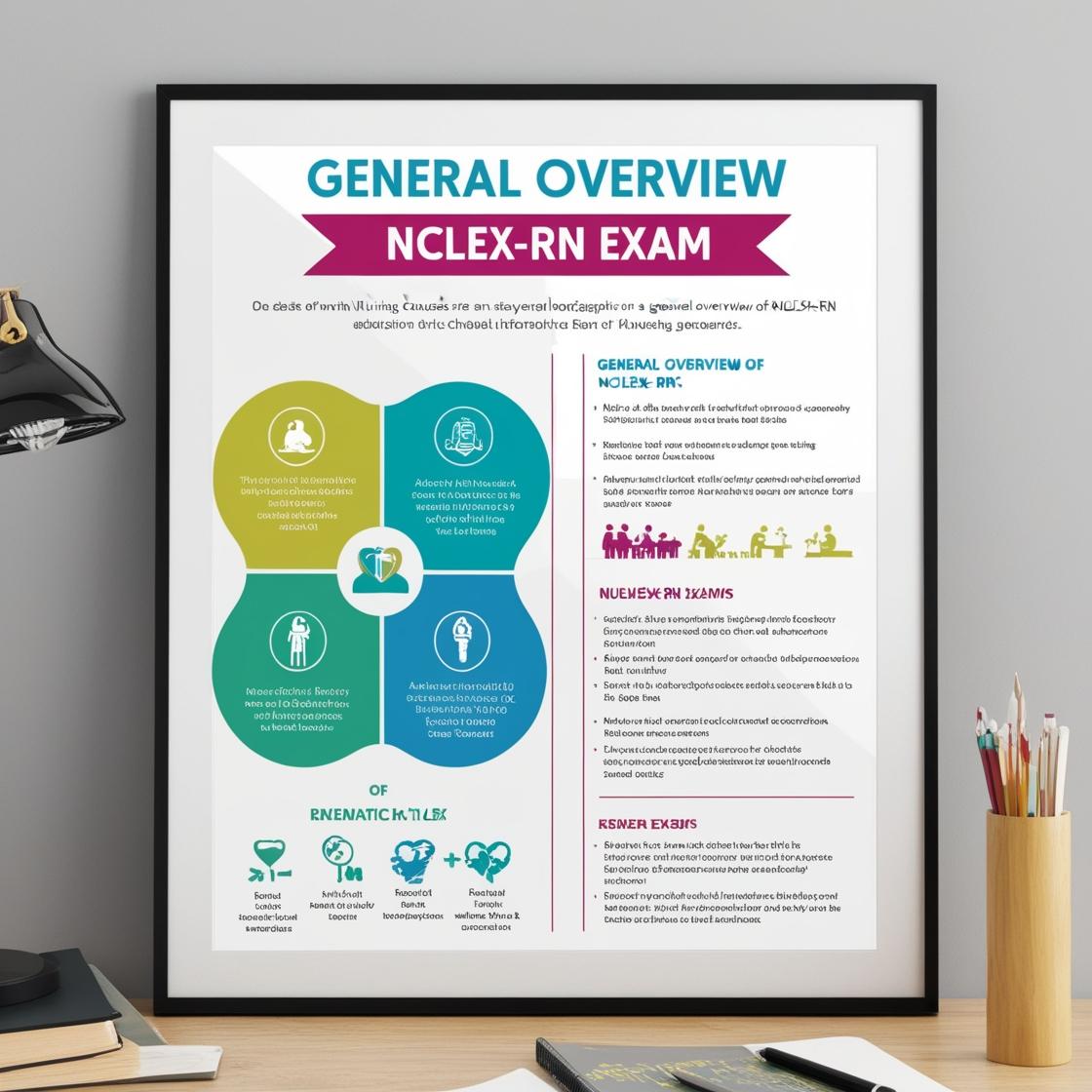NCLEX NCLEX-RN
NCLEX RN Practice Questions Exam Cram
1. An infant with hydrocele is seen in the clinic for a follow-up visit at 1 month of age. The scrotum is smaller than it was at birth, but fluid is still visible on illumination. Which of the following actions is the physician likely to recommend?
- A. Massaging the groin area twice a day until the fluid is gone.
- B. Referral to a surgeon for repair.
- C. No treatment is necessary; the fluid is reabsorbing normally.
- D. Keeping the infant in a flat, supine position until the fluid is gone.
Correct answer: C
Rationale: A hydrocele is a collection of fluid in the scrotum that results from a patent tunica vaginalis. Illumination of the scrotum with a pocket light demonstrates the clear fluid. In most cases, the fluid reabsorbs within the first few months of life and no treatment is necessary. Massaging the groin area (Choice A) is not recommended as it will not help in the resolution of the hydrocele. Referral to a surgeon (Choice B) is not necessary at this stage since hydroceles often resolve on their own in infants. Keeping the infant in a flat, supine position (Choice D) does not aid in the reabsorption of fluid and is not a recommended intervention for hydrocele management.
2. The nursing care plan for a toddler diagnosed with Kawasaki Disease (mucocutaneous lymph node syndrome) should be based on the high risk for development of which problem?
- A. Chronic vessel plaque formation
- B. Pulmonary embolism
- C. Occlusions at the vessel bifurcations
- D. Coronary artery aneurysms
Correct answer: A
Rationale: The correct answer is chronic vessel plaque formation. Kawasaki Disease affects small and medium-sized blood vessels, leading to progressive inflammation and potential damage to the walls of medium-sized muscular arteries, which can result in coronary artery aneurysms. While other complications such as pulmonary embolism and occlusions at vessel bifurcations can occur in different conditions, for Kawasaki Disease, the primary concern is the development of chronic vessel plaque formation.
3. A healthcare professional has just received a medication order that is not legible. Which statement best reflects assertive communication?
- A. I cannot give this medication as it is written. I have no idea what you mean.
- B. Would you please clarify what you have written so I am sure I am reading it correctly?
- C. I am having difficulty reading your handwriting. It would save me time if you would be more careful.
- D. Please print in the future so I do not have to spend extra time attempting to read your writing.
Correct answer: B
Rationale: Assertive communication respects the rights and responsibilities of both parties. Choice B is the best example of assertive communication in this scenario. It addresses the issue directly by requesting clarification without blaming or devaluing the prescriber. This approach shows concern for safe practice and acknowledges the importance of clear communication in healthcare. Choices A, C, and D either involve self-depreciation, blaming the prescriber, or making demands without a respectful request for clarification, making them less effective in promoting effective communication and safe patient care.
4. The nurse is discussing negativism with the parents of a 30-month-old child. How should the nurse advise the parents to best respond to this behavior?
- A. Reprimand the child and give a 15-minute 'time out'
- B. Maintain a permissive attitude for this behavior
- C. Use patience and a sense of humor to deal with this behavior
- D. Assert authority over the child through limit setting
Correct answer: C
Rationale: Use patience and a sense of humor to deal with this behavior. The nurse should help the parents understand that negativism is a normal part of a toddler's growth towards autonomy. Reacting with patience and humor can help diffuse the situation and maintain a positive relationship with the child. Reprimanding the child and giving a 'time out' (Choice A) may not be effective for addressing negativism and can lead to power struggles. Maintaining a permissive attitude (Choice B) may reinforce negative behavior. Asserting authority through limit setting (Choice D) may be necessary in some situations, but using patience and humor is a more effective initial approach for handling negativism.
5. The nurse is planning care for a client during the acute phase of a sickle cell vasoocclusive crisis. Which of the following actions would be most appropriate?
- A. Fluid restriction to 1000cc per day
- B. Ambulate in the hallway 4 times a day
- C. Administer analgesic therapy as ordered
- D. Encourage increased caloric intake
Correct answer: C
Rationale: Administering analgesic therapy as ordered is the most appropriate action during the acute phase of a sickle cell vasoocclusive crisis. In this phase, the primary focus is on managing the severe pain experienced by the individual. Analgesic therapy helps alleviate the pain and discomfort associated with the crisis. The other options are not the priority during this phase. Fluid restriction is not recommended as hydration is crucial in managing a vasoocclusive crisis. Ambulation may worsen the pain and should be minimized during this phase. Encouraging increased caloric intake is not directly related to managing the acute phase of a vasoocclusive crisis.

Access More Features
NCLEX RN Basic
$1/ 30 days
- 5,000 Questions with answers
- Comprehensive NCLEX coverage
- 30 days access
NCLEX RN Premium
$149.99/ 90 days
- 5,000 Questions with answers
- Comprehensive NCLEX coverage
- 90 days access
